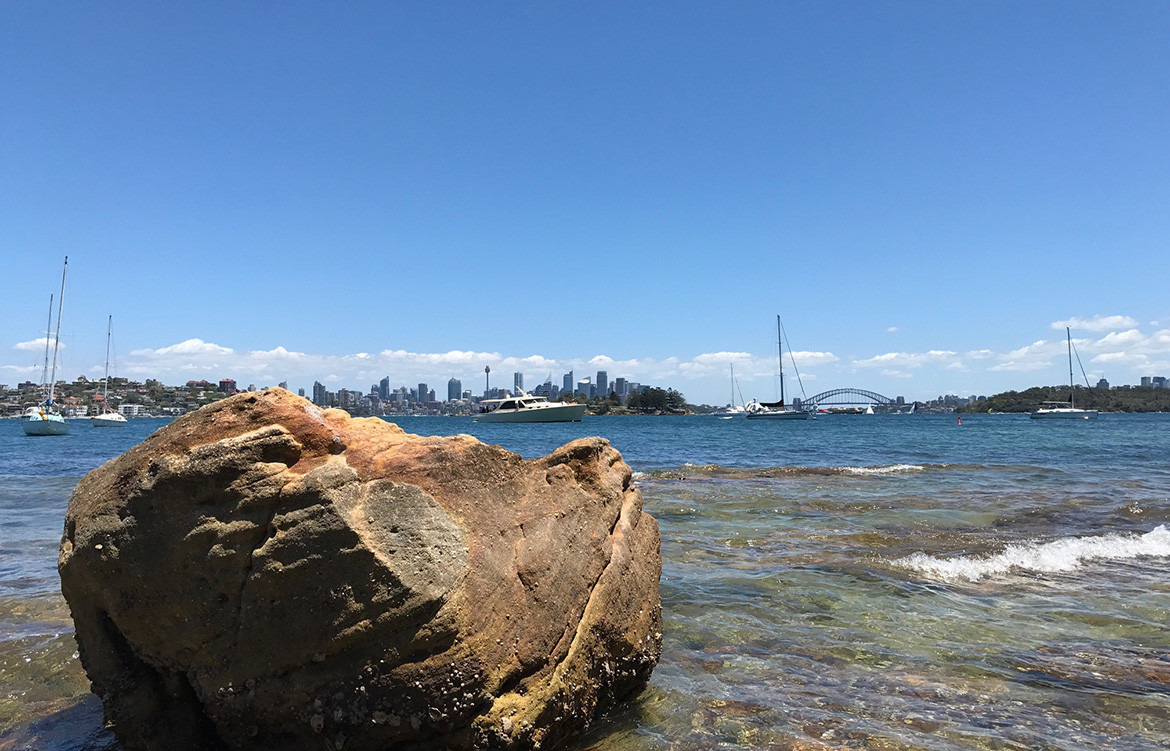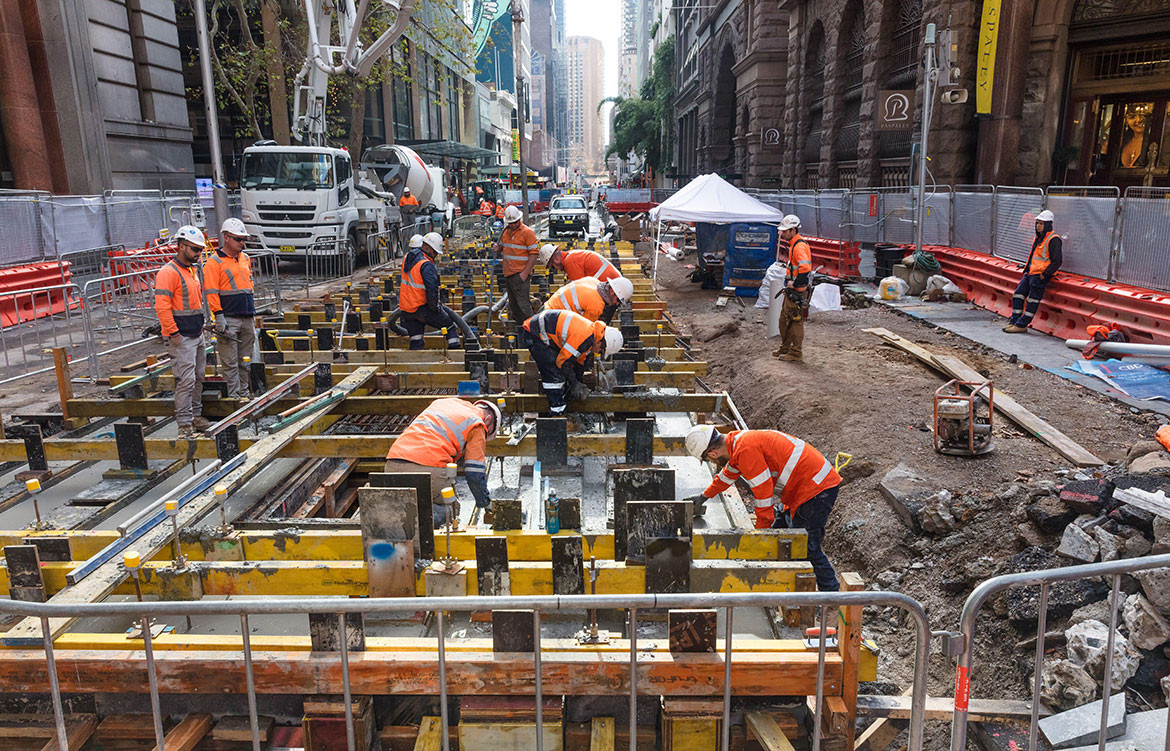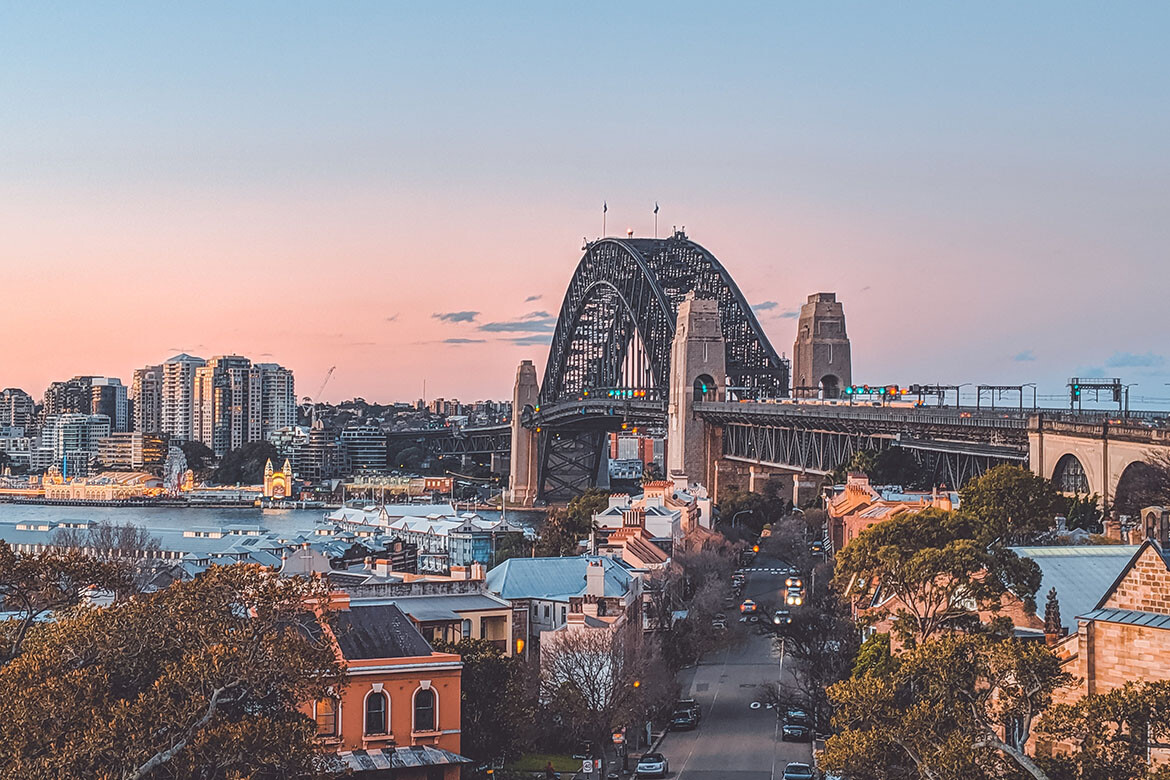Ed Lippmann is a highly regarded Sydney-based architect with a portfolio extending from residential to major commercial projects such as 8 Chifley Square in Sydney’s CBD, done in partnership with Rogers Stirk Harbour and Partners. Indeed, Richard Rogers contributes a foreword to this book.
For those of us who live in Sydney the city is a source of endless discussion ranging from delight at its natural beauty to despair at the seemingly relentless compromises engendered by commercial greed, bureaucratic incompetence and a general lack of vision. But as a previous book (Philip Thalis and Peter-John Cantrill’s Public Sydney: Drawing the City, 2013) points out, it is easy to overlook the many qualities of the city’s built environment – both colonial and modern – by focusing on the missteps.


Lippmann does not make this mistake. Moreover, he is concerned with Greater Sydney, not just the city itself. While he is happy to highlight irreparable blunders such as building the Cahill Expressway through the middle of Circular Quay (ruining forever the delightful and spacious piazza in front of Customs House) and the dismantling of the world’s most extensive tramway system in the 1950s/60s (now being partially, painfully and expensively restored with a new light rail and metro network), he is more concerned with emphasising the qualities of the city, from its natural beauty to its climate and multi-cultural population – as well as casting an eye over some outstanding examples of residential, commercial, retail and educational design in the city.
Lippmann’s main concern is with planning and how, with exponential population growth within a topographically constrained basin, Sydney can be sustained. The questions he asks are: how sustainable is Sydney and, if it is, how do we do it? The critical issues are, he says: population, water, geography and topography, transportation and infrastructure, the harbour and waterfront.

He begins as you would expect with some context, looking first at global urbanism before moving on to some historical background for Sydney in particular. He looks at the early years of settlement, then at the plague epidemic of 1900 which triggered a slow but significant review of planning regulations. He looks at early initiatives, often informed by the Garden City movement in Britain, resulting in examples such as Daceyville, “hailed as the first city beautification scheme in Australia, as well as the country’s first suburb devoted to public housing for workers”. Then he deals with the post-War Cumberland Plan, “the most definitive expression of a public policy on the form and context of an Australian metropolitan area ever attempted”. Like every other plan for Sydney, this became more honoured in the breach than in the observance and, in this respect, Lippmann has some interesting things to say about East Darling Harbour or what is now known as Barangaroo.
The Bicentennial and Olympic Games provided further impetus to review just where Sydney was heading along with growing environmental consciousness and renewed anxiety about the quality and reach of public transport.


Moving up to the present day, Lippmann then reviews current thinking about urban planning – as well as providing instructive examples of sustainable (and usually smaller) cities elsewhere in Europe and the U,S. – and looks in particular at developments in Sydney such as polycentric planning as promoted by the Greater Sydney Commission with its Three Cities concept (Eastern Sydney, Greater Parramatta and Western Sydney Aerotropolis) together with satellite hubs aiming at a maximum 30 minute commute.
Lippmann’s vision is for a sustainable and liveable city. To achieve this he advocates a stop to the city’s expansion and a cap on population, along with other (widely advocated) initiatives such as polycentric planning, higher densities, improved circulation (the 30 minute commute), equitable housing, access to nature (protecting existing green space, such as the national parks) and continued improvements to design excellence provisions.


To be honest there is nothing particularly new in this book – at least, for those who take a professional interest in these matters. But it is a well-organised and very readable account of Sydney, its planning history and its planning challenges. Lippmann pulls together the relevant information and ideas and puts them between the covers of the one book. Moreover, it is a beautifully produced book. Its scale (23×23 cms) is ideal and it is splendidly designed with generous illustrations (photographs, maps, tables etc.). In short, it is an excellent snapshot of where we’re at in Sydney – namely, at a crossroads. Or perhaps we have already passed the crossroads without realising it. Can Sydney be saved?
Altrim Publishers
altrim.net
Sydney XXXL has been published online and is available to all, at no cost, here.
We think you might also like this extract from Atlas of Mid-Century Modern Houses.

